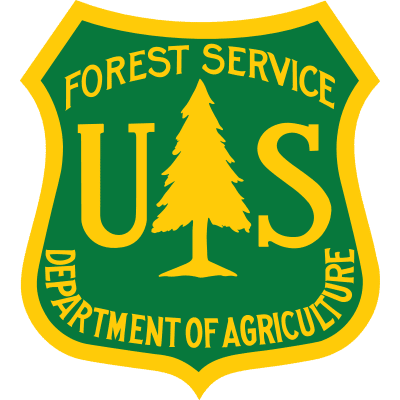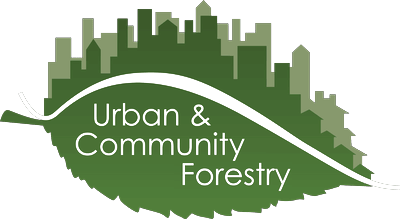Program Timeline
Eligible facilities will conduct planning and activities that fulfill the five program standards throughout the calendar year and apply to receive recognition by December 31.
Take Action: Your Path to Recognition
The following items represent key steps on a health facility's annual journey to fulfilling each of the program standards and earning Tree Campus Healthcare recognition. They do not need to be completed in a specific order, rather, this list provides an idea of how your facility might choose to approach participation within each calendar year.
Subscribe to our newsletter for program updates and helpful tips-
1. Form your advisory committee
Tips
- Identify the individuals or team responsible for leading the maintenance of the facility grounds. They'll be involved in any planning and activities involving campus trees.
- Does your facility have a mission integration (or similar) team that is focused on extending the mission into the community? This group may have a stake in activities involving community trees.
- Does your facility have a sustainability-focused or "green" team? This group may be interested in participation.
- Are there any other leaders, administrators, or physicians with an interest in the connection between nature and health? They'll bring an additional perspective and may serve as committee "sponsors."
-
2. Define your tree care plan objectives
Tips
- Identify any plans already in place to nurture and protect existing campus trees. Does your campus have a property map where tree locations can be identified?
- Looking ahead, identify opportunities to strategically add new trees to campus. Does your campus have therapeutic, shaded spaces where staff and patients can find respite? Assess the role that trees can play in existing or future spaces of this nature.
- If your facility has little or no space for trees on the property, you may adopt nearby street or park trees to fulfill Standard 2 - Facility Tree Care Plan. If this is the case, identify where adjacent trees are located and pursue an agreement with the municipal authority to manage or sponsor their care.
-
3. Collaborate with your community
Tips
- Communities that participate in the Tree City USA program have made a commitment to their urban forest by meeting program standards. There may be an opportunity to invite a Tree City USA leader to join your advisory committee, join forces on an event, or adopt community trees through this network of 3,500 communities. Find out if yours is a Tree City USA community here.
- Alliance for Community Trees is a network of community-based organizations dedicated to improving their communities through trees. This network can be a resource for local volunteer opportunities, community tree projects, and more. Find your nearest organization here.
- Tree Campus Higher Education colleges and universities meet program standards developed to promote healthy trees and student involvement, including an annual service learning project and Arbor Day celebration which may provide opportunities for collaboration. Find a Tree Campus Higher Education college or university here.
-
4. Plan your tree project and community forestry investment
Tips
- Your Community Forestry Project (Standard 3) is an opportunity to connect your facility to the community through trees. Investigate whether there is an opportunity to partner with your local municipal tree authority or another tree- or parks-focused organization to support a planned community tree planting or maintenance project.
- Consider engaging employees in your project as volunteers or sponsor a tree giveaway for employees or community residents.
- Calculate your facility's investment requirement per Standard 5 - Community Forestry Investment ($2 x number of Full-Time Equivalent employees). Based on your project ideas, which departmental budget(s) may be able to cover this cost? Is a cash donation, in-kind donations, or equivalent volunteered service hours the best option for your facility?
-
5. Educate your community
Tips
- Consider any events such as hosted or sponsored wellness fairs, races, or other community engagement opportunities your facility may be involved in. Is there an opportunity to incorporate public education on the connection between spending time among nature and trees and health?
- You may be able to join forces with a local organization or municipal tree authority to co-host or sponsor an Arbor Day celebration.






